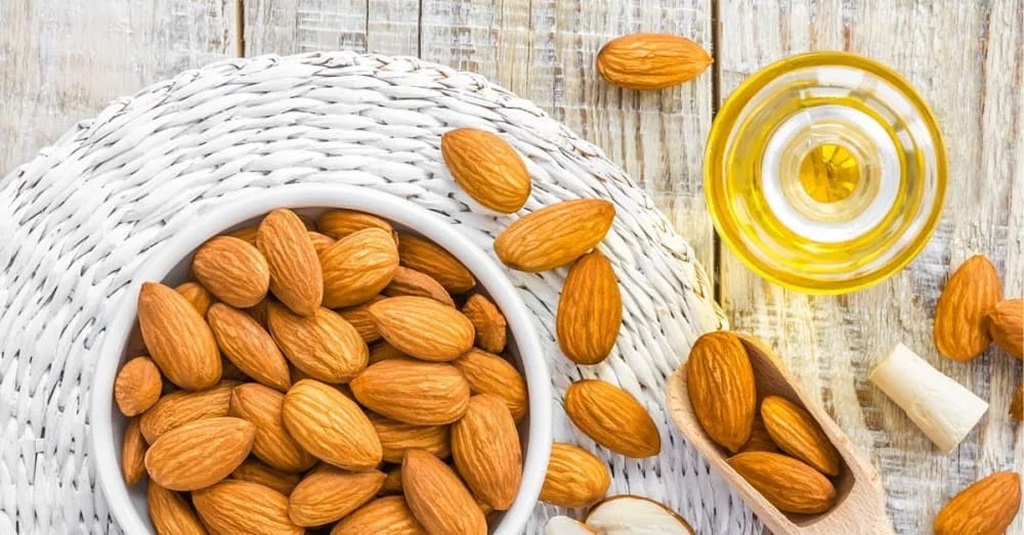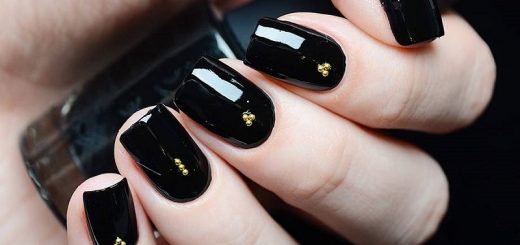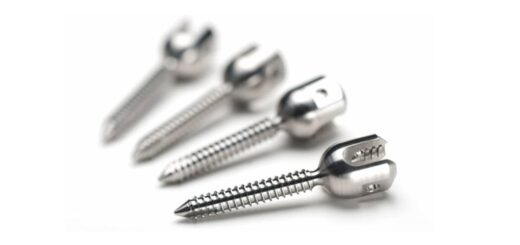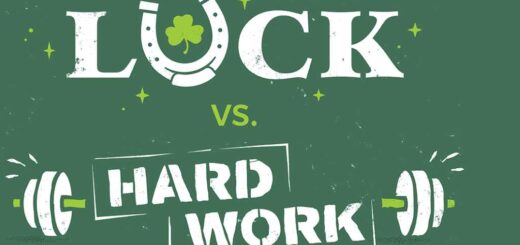Cheapest but Nutritious Dry Fruit for Diabetic Patients
Living with diabetes can be expensive, from testing supplies and doctor visits to managing nutrition. However, maintaining healthy eating habits is extremely important for keeping blood sugar levels stable. Fortunately, certain affordable dried fruits can provide essential vitamins and minerals while fitting into a diabetes-friendly diet. Read on to discover the best nutritious dry fruit for diabetic patients to incorporate into your meal plan, even on a tight budget.
Prioritize High-Fiber Fruits
Fiber plays a key role in managing diabetes by slowing down digestion, which prevents dangerous spikes in blood sugar. Many of the top recommended dried fruits for diabetics also happen to be budget-friendly sources of fiber. For instance, half a cup of high-fiber dried apricots contains a whopping 7 grams of fiber and costs just a few dollars. Likewise, fiber-filled prunes, raisins, dates, and figs won’t break the bank at roughly $4-6 per 16-ounce bag. Focus on fruits high in viscous soluble fiber, which forms a gel-like consistency to more effectively regulate blood sugar response.
Look for Lower Glycemic Index Choices
The glycemic index measures how quickly specific foods cause blood sugar to rise. The lower the GI, the more gradual the increase in blood glucose and insulin levels. When selecting dried fruits, look for lower glycemic options like cherries, apples, apricots, pears, and plums (under GI 60). Meanwhile, avoid frequent consumption of dried grapes, bananas, and pineapple with GIs around 65. The good news? Many of the ideal low-GI dried fruits also rank as the most affordable choices for shoppers on a tight budget.
Choose Unsweetened & Unsulfured
Many pre-packaged dried fruits contain added sugars or sulfur-based preservatives. For people with diabetes, added sugars contribute unwanted calories and carbohydrates that quickly spike blood sugar. Sulfites may also cause issues for those with sensitivities. Fortunately, it is possible to find unsweetened and unsulfured dried fruits that aren’t more expensive. Check bulk bins at the grocery store or seek out online retailers specializing in selling additive-free dried fruits at reasonable costs.
Top 6 Cheapest Nutritious Dry Fruit for Diabetic Patients
Prunes
Prunes, or dried plums, earn the top spot as an extremely budget-friendly choice rich in fiber, potassium, Vitamin K, and antioxidants. Just a 1⁄4 cup of pitted prunes delivers 3 grams of beneficial fiber for under $2. Be sure to stick to unsweetened varieties, ideally without preservatives or sulfur-based additives. Prunes have a low glycemic index around 29 and make an excellent snack for balancing blood sugar.
Raisins
Packing vitamins, minerals, fiber, and plant compounds, raisins make a nutrient-dense, diabetes-friendly choice with a low glycemic index of 64. The quick and easy snack is portable for on-the-go energy when needed. Seek unsweetened, unsulfured raisins without added sugars or oils. For the best value, buy in bulk or look for warehouse store deals averaging around $4-6 for 16 ounces of high-quality raisins.
Dried Apricots
With just 17 grams of carbohydrates and almost 4 grams of fiber per quarter cup, dried apricots are a smart option for diabetics. Not only are they nutritious, but they are also generally affordable at $3.50-5 per half-pound bag. Apricots contain beneficial vitamins and minerals including Vitamin A, potassium, magnesium, and antioxidants. For enhanced blood sugar control, always pick unsweetened, sulfite-free dried apricots.
Dried Apples
Low cost and rich in fiber, dried apple rings or chips work well for diabetics seeking to control glycemic response. Apples have a low glycemic index, plus ample fiber and nutrients like Vitamin C. Buy in bulk from warehouse stores to keep prices down. A 16-ounce bag of unsweetened dried apple rings averages just $3-4. Just watch portions, as apple chips and rings are easy to overeat.
Dates
These sweet, caramel-flavored dried fruits are high in fiber and nutrients. Medjool dates work well in moderation for diabetics, with a GI of 54 and 66 calories apiece. Each date also contains 1.6 grams of fiber. Shop bulk bins for the best value, at around $6 per pound. Stick to plain dates without added sugars.
Figs
Both nutrient-rich and affordable, dried figs give a vitamin and mineral boost while satisfying sweet cravings. They have a low GI of 61 plus nearly 5 grams of fiber per 40-gram serving. For just $3-5 per 8-ounce bag, dried figs make a tasty, budget-friendly choice to help manage diabetes. Seek out unsweetened, sulfite-free varieties.
Tips for Incorporating Dried Fruits into a Diabetes Diet:
- Enjoy in moderation as the carbs add up quickly
- Pair with protein sources like nuts or nut butter
- Mix into plain Greek yogurt or oatmeal
- Chop up small amounts into savory salads
- Substitute for sugar or candy when craving something sweet
- Bake into fiber-rich muffins or breads
- Soak or stew as a simple dessert
Watch the Portions When snacking on dried fruits, portion control remains essential for keeping blood sugar in check. Enjoy small daily servings around 1-2 ounces at a time. Overindulging in even healthy dried fruits can cause a rapid spike in blood glucose. Invest in portioned snack packs or a food scale to monitor servings.
Avoid Added Sugars & Vegetable Oils
Many pre-packaged dried fruits have added sugars, vegetable oils, and preservatives – all things diabetics should avoid. To identify the healthiest options, carefully read nutrition labels and ingredient lists. Target plain dried fruits without any additional sweeteners, oils, or unnecessary additives.
Pair with Protein, Healthy Fats, or Fiber Eating dried fruits along with protein, healthy fats or extra fiber allows for slower nutrient absorption and digestion. This further prevents blood sugar spikes. Some examples of diabetes-friendly pairings include:
- Sprinkle raisins over plain Greek yogurt
- Enjoy apple chips with natural peanut butter
- Mix prunes into a fiber-rich oatmeal breakfast
- Sprinkle slivered almonds over dried apricot halves
Store Properly to Preserve Freshness After opening a package of dried fruit, transfer any leftovers to an airtight glass or plastic container. This prevents spoilage and preserves texture. For optimal freshness and blood sugar control, use within 3-6 months. Refrigeration can further extend shelf life by protecting delicate vitamins.
Read Labels for Optimal Nutrition Not all dried fruits are created equal, even within the same category. Carefully read nutrition labels and ingredient lists to select the healthiest versions. Seek out non-GMO verified, USDA Organic, or sustainably wild-harvested fruits when possible. This helps avoid pesticide residues that may impact health over the long run. Many affordable natural food stores and online retailers now carry high-quality, additive-free dried fruits at reasonable prices.
Homemade Dehydrating Offers Ultimate Quality Control Investing in a food dehydrator allows preparing dried fruits at home for full control over ingredients and freshness. Simply wash, slice, and dehydrate your favorite fresh fruits like apples, bananas, or pineapple rings. No sugars or preservatives are needed! Consider going in on a cost-effective dehydrator with friends or family to create nutritious snacks on the cheap to enjoy all year long.
Common Questions
Are raisins, prunes, and dates OK for diabetics to eat?
Yes, unsweetened raisins, prunes, and dates make nutritious options for diabetics in moderation. Enjoy small daily servings with a protein source to prevent blood sugar spikes. All three contain ample fiber and nutrients, just watch portions as the natural sugars add up.
What dried fruit can diabetics eat freely?
No single dried fruit offers an unlimited free pass for diabetics. However, some lower glycemic, higher fiber options may fit freely into a healthy meal plan in controlled portions. For instance, a 1⁄4 cup serving of prunes, raisins, dried apricots, or apple chips with breakfast or yogurt likely won’t cause problems. Still, pay attention to serving sizes.
Can you eat too many nuts if you are diabetic?
Yes, it’s possible to overdo it on nuts if diabetic. Most nuts contain carbohydrates that impact blood sugar, though far less than dried fruits. Eat nuts in recommended serving sizes around 1 ounce, and pair with dried fruits to help prevent blood sugar spikes. Focus on raw, unsalted nuts without added oils or sweeteners.
What dried fruit has no sugar added?
Many prepackaged dried fruits have added sugars, but plenty of options exist without sweeteners, including:
- Raisins
- Dried apricots
- Prunes
- Apple rings
- Pitted dates
Unsulfured figs Check ingredients lists carefully and buy plain dried fruit varieties without anything extra added. Or, consider making your no-sugar-added dried fruits at home.
Is it OK for a diabetic to eat bananas?
Bananas do contain natural sugars and carbs that raise blood glucose, however, they can still fit into a diabetes diet in moderation. Stick to small portions of unripe bananas, which have lower sugar content. Enjoy dried banana chips sparingly as well, since the dehydration process concentrates natural sugars.
Conclusion
Controlling diabetes requires maintaining steady blood sugar levels through healthy eating. Fortunately, nutritious dry fruit for diabetic patients can treat sweet cravings and provide fiber, vitamins, and minerals on a budget. Focus on lower glycemic, higher fiber options like prunes, raisins, and dried apples over sugary exotic fruits. Stick to unsweetened varieties free of unnecessary additives as well. With mindful portion sizes and smart pairing with proteins or nuts, dried fruits contribute to affordable, diabetes-friendly nutrition.














